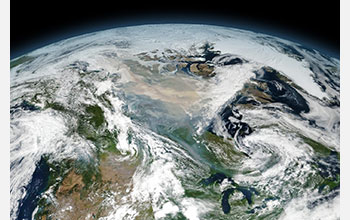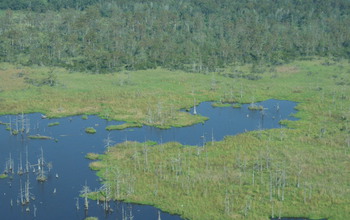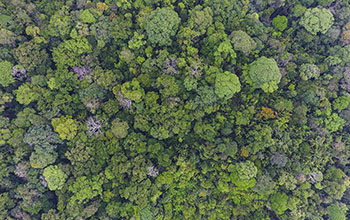
Research News
British Columbia wildfires created a massive cloud in August 2017
August 12, 2019
Extreme wildfires in British Columbia, Canada, pumped so much smoke into the upper atmosphere in August 2017 that an enormous cloud circled most of the Northern Hemisphere – a finding reported in the journal Science that will help scientists model the climate impacts of nuclear war.
The pyrocumulonimbus (pyroCb) cloud — the largest of its kind ever observed — was quickly dubbed “the mother of all pyroCbs.” When the smoke reached the lower stratosphere, it was heated by sunlight and “self-lofted” from 7 to 14 miles within two months. The pivotal ingredient was black carbon, or soot, which absorbed solar radiation, heating the air and fueling the smoke’s rapid rise. The smoke lasted more than eight months because the stratosphere has no rain to wash it out.
“This process of injecting soot into the stratosphere and seeing it extend its lifetime by self-lofting was previously modeled as a consequence of nuclear winter in the case of an all-out war between the United States and Russia, in which smoke from burning cities would change the global climate,” said co-author Alan Robock of Rutgers University in New Jersey.
The scientists used a state-of-the art climate model from the National Center for Atmospheric Research to model the lofting and movement of the colossal Canadian wildfire smoke cloud. The rapid rise of the smoke plume, its spread, and photochemical reactions in the ozone layer provide new insights into potential global climate impacts from nuclear war, the study says.
Scientists’ next steps are to use refined nuclear war scenarios to determine impacts on climate and food production on land and in the ocean, along with the potential for global famine.
The research is funded by NSF’s Directorate for Computer and Information Science and Engineering.
—
NSF Public Affairs,
(703) 292-7090 media@nsf.gov








